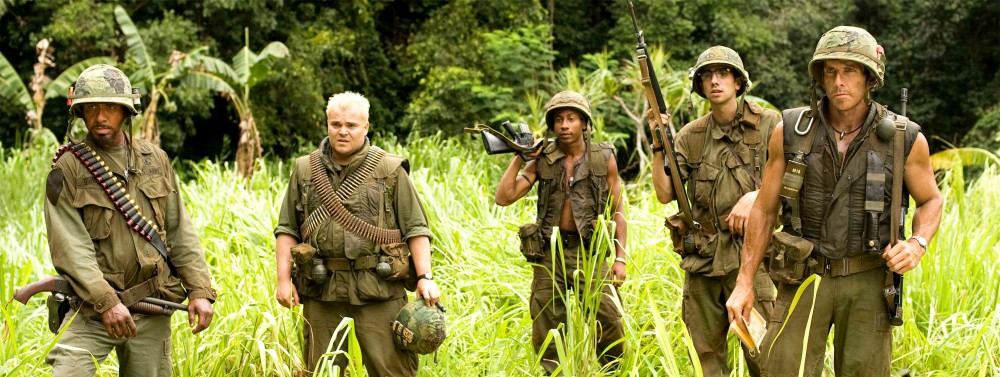I attended a presentation at the Knight library showcasing Matt Piedmont. Piedmont is an Emmy award winning writer, producer and director. At the beginning of the presentation, a small portion of his recent work from the last episode of his series, “The Spoils of Babylon,” was shown. The section we watched was very comical and professionally done. The aesthetics were pleasing and the sequence was produced cleverly. Multiple big time actors and actresses starred in the feature, making it almost familiar and more entertaining for the attendees of the presentation. After watching about twenty minutes of the mini series, an interview followed. A professor from the Cinema Studies department began asking questions before opening up questions to the audience.
I was appreciative of Matt’s willingness to visit us at the University of Oregon and sharing his unique experiences with us. The presentation was very casual and light. It also seemed somewhat unplanned. Overall, I was disappointed with the presentation and lack of preparedness of answers to the interview questions. Piedmont appeared unsure about how to answer multiple questions and did not fully offer insight into how he got to where he is today. He briefly walked through the jobs he had leading up to his current position as if he just got lucky. He was repetitive when asking questions often trailing off into unrelated ideas about motivation and taking chances.
Although he was not entirely perceptive, he was sincere and clearly cared about what he does. He made his dream a reality and his natural funny manner led him in the direction of working with SNL where he works now. I fully respected the path he took to attain his goal because he did it all on his own and did not have to take any absolutely crazy risks (that he mentioned) in order to do so.
While his presentation did not necessarily contain educational content, it was fascinating to be in the presence of someone who has come so far from how he explained himself at our age. He explained that during his undergraduate years, he was unsure about what he wanted to study and accomplish for quite a long time. He knew he was interested in movies and possibly making them, but did not go to school to accomplish this passion. Eventually, he decided to take chances and aim high. Hearing this gave me hope for my future because evidently, it is possible to find one’s passion after undergrad years. He brought light to the idea that there are so many opportunities available and it is important to take risks to achieve success. He worked some nine to five jobs and slowly but surely made his way up to doing work for SNL. At first, he was solely completing diverse busy work for the company and his talent was finally discovered. Since then he has directed many films, commercials and mini series, showing his true talent. He has won numerous awards and is extremely well regarded in the film industry.
